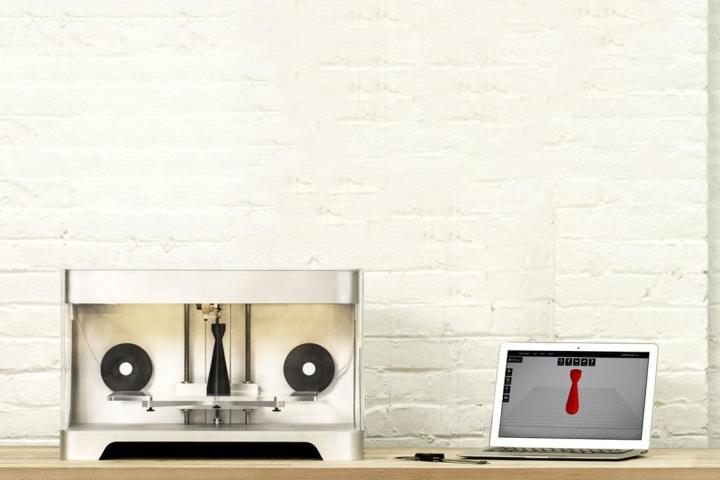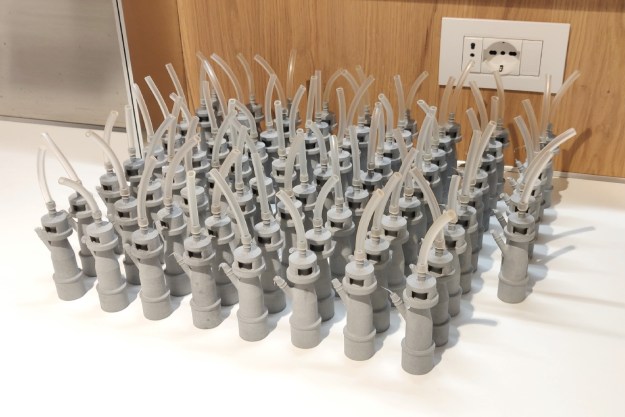
We here at Digital Trends are big fans of 3D printing. Like so many others, we see it as one of the most potentially disruptive technologies currently on the market – something that could substantially change the way we shop, work, and create. Problem is, at the moment, consumer-level 3D printers are mostly an expensive way to make cheap plastic trinkets.
Of course, that will soon change – perhaps sooner than you think. This week, newly launched startup MarkForged announced the world’s first 3D printer capable of printing objects in carbon fiber, the super-strong and lightweight material. Dubbed the Mark One, the 3D printer also prints in fiberglass, nylon, and PLA (the common plastic filament used by many 3D printers).
MarkForged, which debuted this week at the SolidWorks World 2014 conference in San Diego, is founded by Gregory Mark, co-owner of Aeromotions, a company that produces high-end airfoils for high-speed cars. It is from this foundation of “form and function” that Mark created the Mark One printer, he tells Popular Mechanics.
The benefits of carbon fiber is that it is far stronger than plastic 3D-printed items, and 20 times stiffer than ABS thermoplastic filament (an alternative to PLA). As such, carbon fiber is better suited for creating things like prosthetics, which are one of the most promising types of goods currently created by 3D printers.
“It’s a material that everybody knows, but probably most people haven’t used,” Mark tells Popular Mechanics. “So we made the price low and you can start using it. We wanted to make it really easy for people to start printing with it, so they can explore prosthetics, custom bones, tools, and fixtures.”
Measuring 22.6 inches wide, 14.2 inches tall, and 12.7 inches deep, the Mark One will put you out $5,000 when it goes on sale later this year. Pre-orders will start in February, and you can sign up for notifications about Mark One pre-orders on the MarkForged website.
Editors' Recommendations
- 3DMakerpro’s Seal is a pocket-sized scanner to make next-gen precision 3D prints
- Need a last-minute Halloween costume? Check out these 3D-printable getups
- The future of making stuff: Inside the evolution of 3D printing with Formlabs
- Father’s Day Gift Idea: These cheap 3D printers are on sale for less than $300
- 3D printing lets hospitals make ventilator substitutes with common equipment


